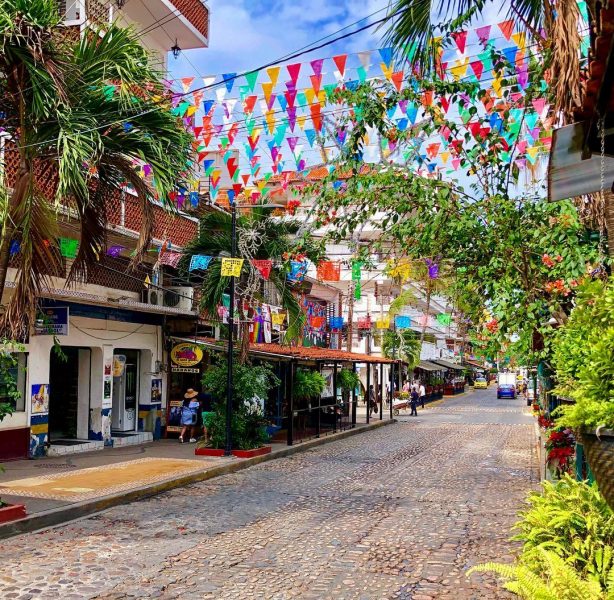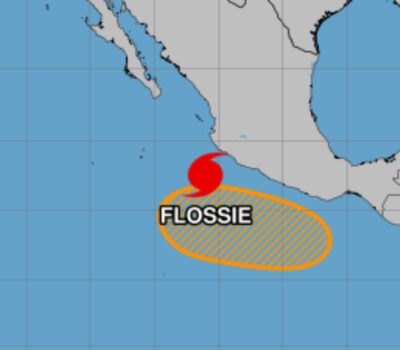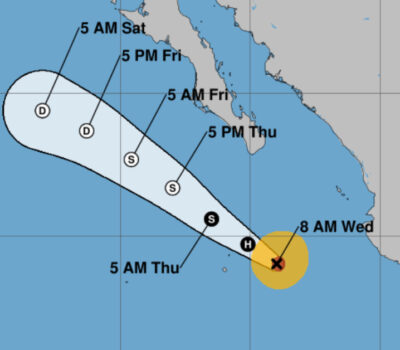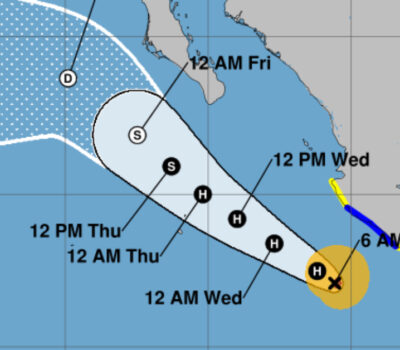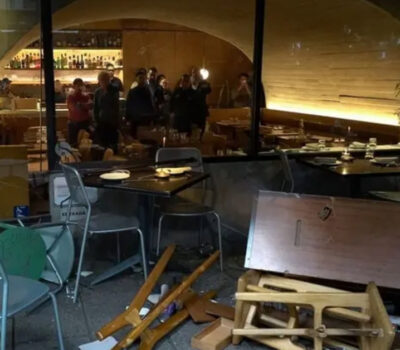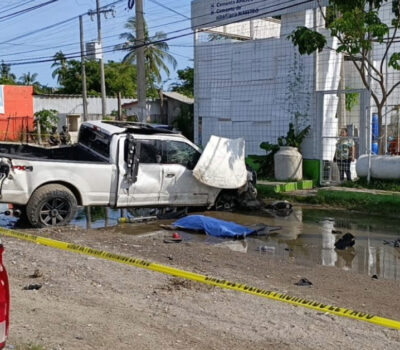During December 2018, 73.7% of Mexicans over 18 years of age felt unsafe in the place where they live, according to the National Survey of Urban Public Safety (ENSU), conducted by INEGI.
This represents a 1.2% reduction compared to September 2018, when the percentage was 74.9%.
This percentage is the lowest since June 2017, when 74.9% of citizens felt that their city is unsafe.
The cities with the highest perception of insecurity are Reynosa, Chilpancingo de los Bravo, Puebla de Zaragoza, Coatzacoalcos, Ecatepec de Morelos and Villahermosa.
While in the localities where their citizens felt safer were San Pedro Garza García, Mérida, Saltillo, Puerto Vallarta, Durango and Los Cabos.
The survey also reveals that it is women who feel a greater perception of insecurity with 78%, unlike 68.6% of men.
The INEGI study details that 83.4% of the population feels more insecurity in ATMs located on public roads; 75.3% on public transport; 70.7% in the bank, and 67.8% in the streets.
In contrast, the places where citizens feel most safe are: the school, the house, work, shopping centers and the car.
The INEGI adds that this feeling of insecurity is generated in the citizenship by various factors, such as the witnessing of crimes that occur in their own environment.
In that sense, a good part of the consulted population mentioned having seen or heard criminal behavior in the surroundings of their home. 64.8% witnessed alcohol consumption in the streets; 65.2%, robberies or assaults; 49.6%, vandalism in homes or businesses; 45.6%, sale or consumption of drugs; 42.8% frequent shots with weapons, and 33.3% saw violent gangs or gangs.
Although the perception of insecurity improved, 29.4% of the population consulted considered that in the next 12 months the situation of crime in their city will continue to be as bad. While 19% say that the situation will worsen this year.
The fear provoked in the population, says the INEGI, can change routines or habits, as well as the perception that one has about the performance of the police.
61.4% of those interviewed preferred not to carry valuable things such as jewelry, money or credit cards, for fear of suffering some crime; 56.2% changed habits regarding “allowing their minor children to leave their home”; 53.2% avoided “walking around their house, after 8 pm”, and 34.6% changed routines about “visiting relatives or friends”.
In performance of the security forces, 85.1% of the population described as “very or somewhat effective” the work of the Navy to prevent and combat crime was; 82.6% recognized the work of the Army; 68.9% of the National Gendarmerie; 63.3% of the Federal Police; 47.9% of the State Police, and 39.4% of the Municipal Preventive Police.
Finally, it is also reported that during the second half of 2018, 35.8% of households in urban areas had members who were victims of at least one crime, vehicle theft; burglary at home; theft or assault on the street or public transportation (includes bank robbery or ATM); or extortion.
https://www.instagram.com/p/BstGO0HnyfJ/
During December 2018, 73.7% of Mexicans over 18 years of age felt unsafe in the place where they live, according to the National Survey . . .

